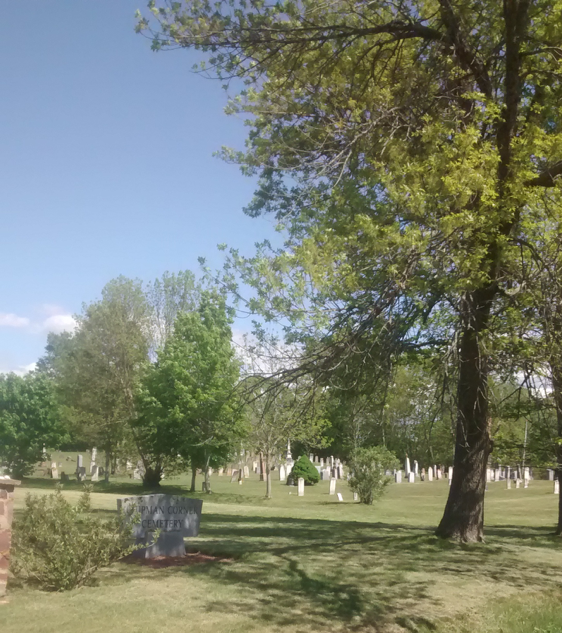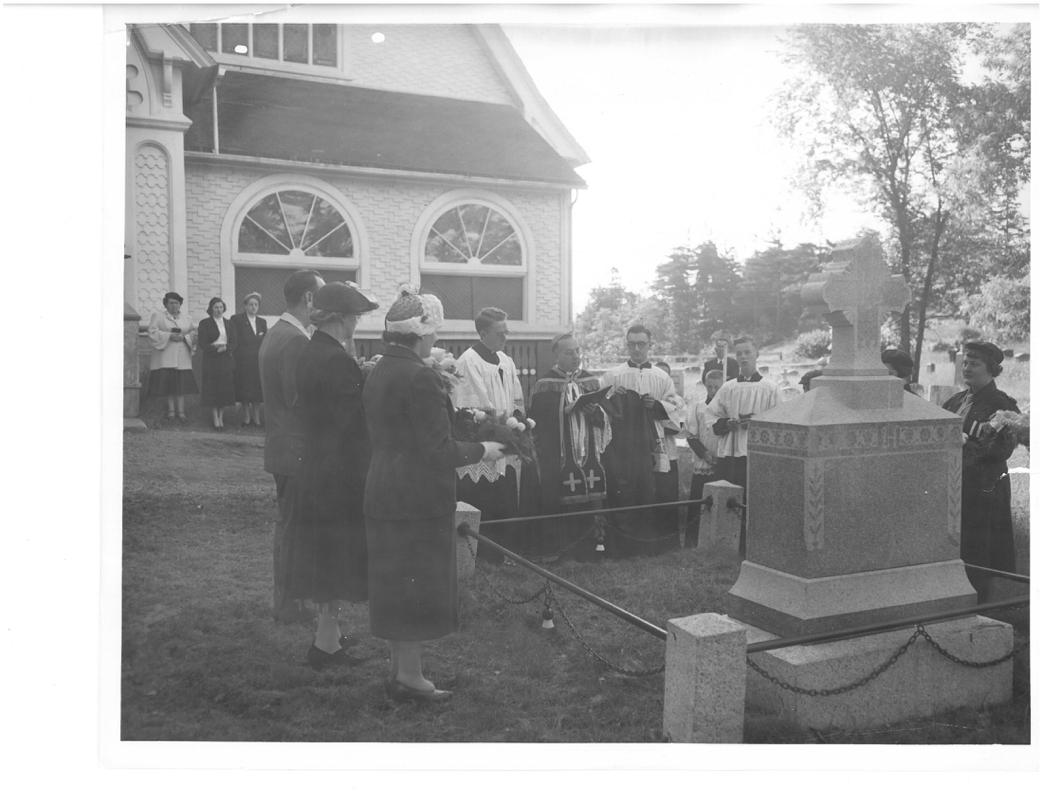St. Joseph
Kentville
Make a Donation
Get Involved
Our History
After the Expulsion, there were very few Catholics in the area, if any. Then came the Irish settlers. Many were from the British military who, having completed their tour of duty, were given grants on the North and South Mountains and the “Great Potato Famine” in Ireland of 1845-1849 brought more settlers to the area.
The present site (on Belcher Street) was chosen since it was across the Cornwallis River outside of the town limits – since Catholics were not permitted to purchase land for a church in town. The first church on this site was built in 1853 with the present church built in 1892. Much of the wood for the present church came from Blue Mountain, an area called Hardwood Hill near Gaspereau Lake, a few miles south of Kentville. The wood, yellow birch, was cut by the Catholics in that area and brought to the site by an ox team. The lumber was hand hewn and planed as is evident from close scrutiny of the exposed beams. The cost of the superstructure was about $8,000 and to complete the interior a note was signed by the Catholic property owners of Kentville for the sum of $9,000 which was reported to be a little more than the cost of the materials and journeyman’s wages. To pay off this note, a society called St. Joseph’s Union was formed and every person was expected to pay 25 cents a month. In this way, the debt was paid off in eight years.

St. Joseph’s Church, Kentville, NS
In 1920, Morden and the surrounding district became a separate parish. It lasted until 1929 when the district reverted back to the Parish of St. Joseph’s and again the parish consisted of all of King’s County, containing several small missions, including Wolfville.
In 1923, St. Joseph’s was completely renovated and a beautiful new altar was installed in memory of the men who lost their lives during the 1st World War. The present altar table was part of that altar.
The Catholic Women’s League formed its first council in Kentville in 1925. The Knights of Columbus established a council in Kentville in 1960.

Present-day Chipman Corner Cemetery

Fr. Harry Durney was pastor of St. Josephs’ 1943-1966.
Pictured above is an outside procession that took place at his Ordination Anniversary celebrations in the early 1950s.
Note the height of the grass in the cemetery – a different standard of care is expected today

As part of the Fr. Durney’s 25th anniversary celebrations – a blessing of the grave of Fr. Phillip Holden – pastor of St. Joseph’s 1863-1906.
L-R, Fr. Harry Durney, Archbishop Leverman, Fr. Clarence Thibeau – who presently lives in Yarmouth and is 97 years old
The first glebe house or rectory, on the church grounds, was built in 1907. This structure was demolished in 1994 and the present rectory was completed in 1995.
In 1988, a Parish Centre which contained office space, classrooms/meeting rooms, kitchen facilities, and a large multi-purpose room was built onto the church.

Church bulletin from the 1950s – one parish, multiple churches!
Sound familiar?
St. Joseph … pray for us!
© 2022 Corpus Christi Parish. All Rights Reserved. Privacy Policy. Website by Windrose Web Design
